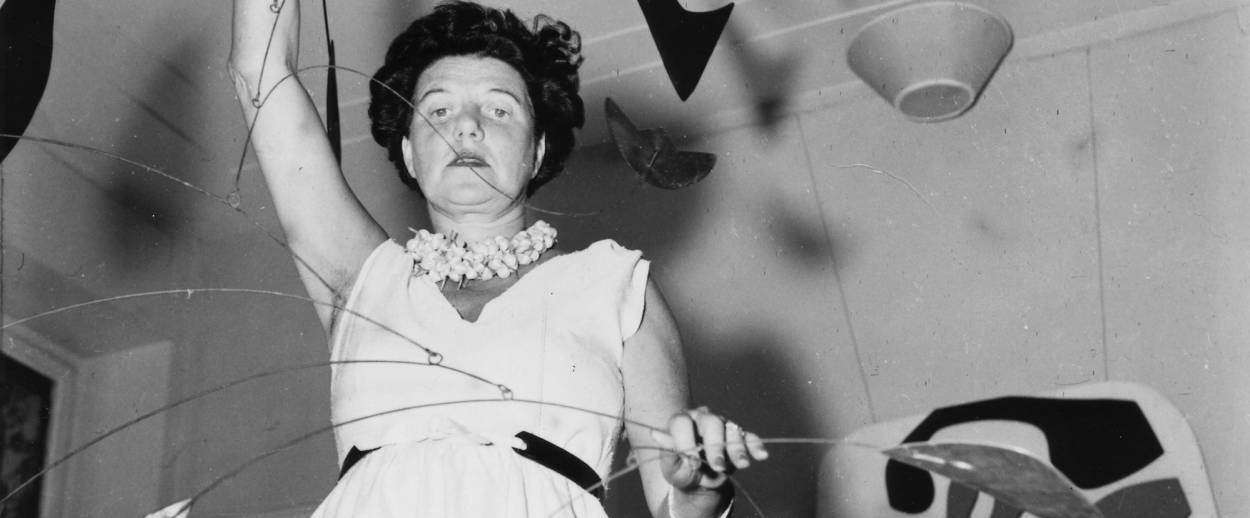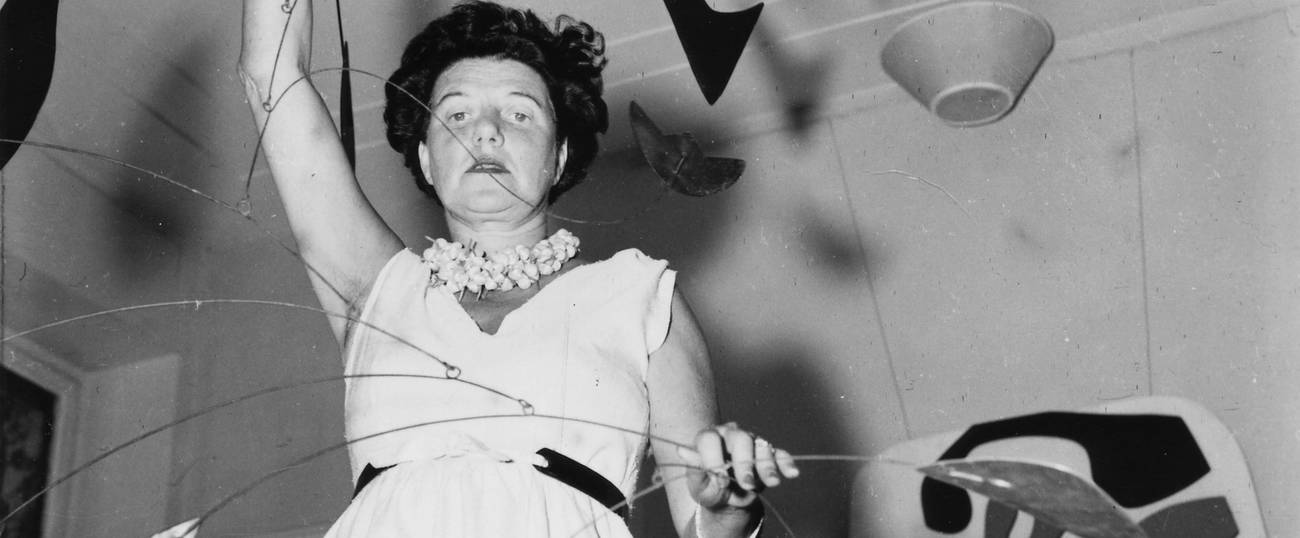The Original Gallery Girl
Peggy Guggenheim: the bon vivant and tell-all memoirist who defied her family, took a thousand lovers, and forever changed the art world




The name Guggenheim is synonymous with modern art. That’s thanks to Solomon Guggenheim and his famous museum on Fifth Avenue in New York City. Credit also goes to his niece Peggy, who championed icons like Jackson Pollock and Wassily Kandinsky and established influential galleries in New York, London, and Venice, where she eventually settled. Guggenheim also lived a unique personal life; she was twice married—once to the painter Max Ernst—and claimed in her memoirs to have had a thousand lovers, including Samuel Beckett.
How did she become a key figure in the modern art landscape? What personal demons did fight along the way? What is her legacy? These are questions writer Francine Prose tackles in Peggy Guggenheim: The Shock of the Modern. Prose joins Vox Tablet host Sara Ivry to talk about it.